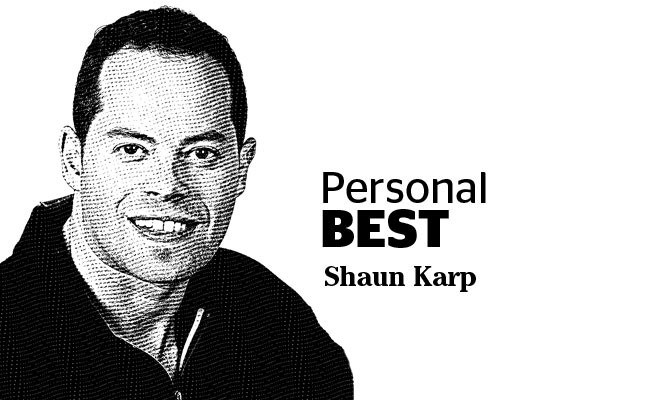The big FOUR-OH – just because you’ve turned 40 doesn’t mean you can’t live a vibrant, energetic and full life.
It is evident that advances in modern medicine and technology have allowed us to live longer and to maintain our body as a stronger version of our younger self.
Fitness experts agree that in our 40s we can still remake our bodies while improving energy levels and brain function, elevating mood and transforming unhealthy habits into a healthy lifestyle.
Getting fit after 40 can be intimidating. The challenges that come with age include building muscle when there isn’t any, skin losing elasticity, increasing fine lines on the face, joints becoming more susceptible to injury and hormone fluctuations. How lucky are we!
The good news is that it is never too late to get in shape. Overwhelming research supports the many benefits of exercising – at any age.
Adding workouts into your daily routine can maintain or partly restore strength, balance, flexibility and endurance. Moderately intense physical activity can lower the risk of heart disease, heart attack and stroke, diabetes, high blood pressure and high cholesterol.
Keep in mind that turning 40 means your joints are also turning 40. Modifying the intensity and your routine to reflect the physical, physiological and hormonal changes occurring in your body is essential.
After turning 40, on average there is a 10-pound gain per decade. Usually this is a net result of losing five pounds of muscle and gaining 15 pounds of fat.
But fear not – this is preventable with a combination of aerobic exercise, strength training, healthy diet and stretching. With this type of routine, lost muscle can be replaced and weight gain kept off permanently. In fact, every pound of muscle added leads to more calories burned on average, including during rest.
Just like you didn’t get out of shape overnight, you won’t get into shape overnight, either.
The intensity of exercises needs to be built up in gradual steps – moderation is essential.
For example, if you like running, start with a 1.5-kilometre run. Next time, run two kilometres and continue to add distance gradually. For weight training, begin with low-impact exercises. Use low weights when weightlifting and make sure to include stretches before, during and after a workout.
Try using a journal to record your workouts and progress over time. This can also help keep you motivated. Some things to record in a journal are:
- Bodyweight, keeping in mind these factors about the scale
- Mood before training
- Poundage used for exercises
- Comments critiquing the workout
- cardio, distance and calories burned
Keep in mind that more is not necessarily better. The quality of your workouts is more important than the quantity. When exercising, work hard with impeccable form and maintain focus on your goals. Don’t forget to enjoy the journey!
Whether your current exercise consists of walking to your car, or if you are already physically active, three important areas to focus on are:
Flexibility: When you stop using your muscles, they shorten due to lack of use. This increases chances of injury and has cascading effects of triggering symptoms in other parts of the body, such as lower back pain. Spend a few minutes doing stretches in the morning and before your workouts to improve flexibility.
Strength: Resistance exercises have many benefits. By doing strength training, your metabolism will improve, you will burn more body fat and you will prevent age-related muscle loss. In addition, building power and developing a stronger core will prevent back pain by supporting your spine.
Cardiovascular capacity: Strength-building exercises, walking, running, biking or swimming are examples of exercises that will get your heart pumping more efficiently and improve your lung function and capacity.
Getting back into shape can be challenging, but it is not impossible. With the right attitude, an action plan, and dedication you can get back to your healthier, stronger self.
Shaun Karp is a certified personal trainer. For further information call his office at 604-420-7800 or visit KarpFitness.com.



